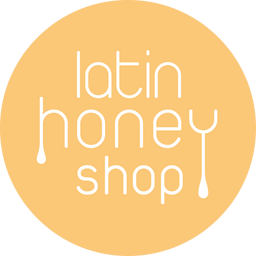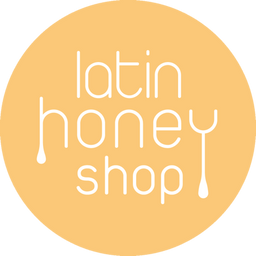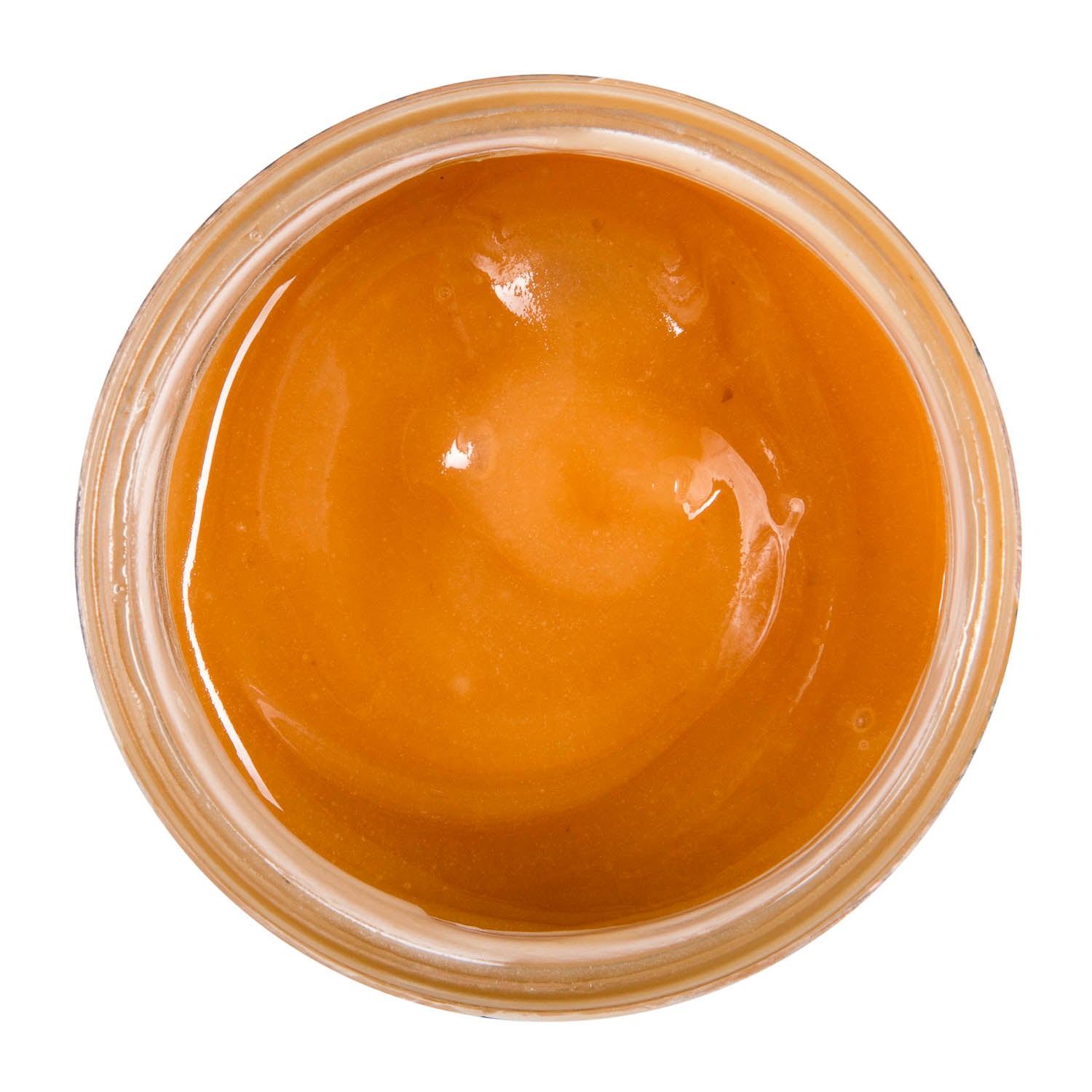What Is Wonderful About Monofloral Honey?
Monofloral honey tends to take on the medicinal properties of the plants that it comes from, providing that it is not heat treated, pasteurised or fine filtered.
What is monofloral honey?
Is your favourite honey monofloral or polyfloral?
What is the difference between monofloral honey and polyfloral honey?
How is monofloral honey measured or graded?
How is monofloral honey produced?
Why is monofloral honey more expensive than polyfloral honey?
Is supermarket honey monofloral or polyfloral?
Where can I buy monofloral honey?
What Is The Difference Between Monofloral Honey And Polyfloral Honey?
All honeys can be classified into two broad categories: monofloral (one flower) and polyfloral (many flowers).
Monofloral honey is honey that comes from bees feeding predominantly on the nectar of one plant.
Monofloral honeys are usually named after this plant or tree, e.g.our Orange Blossom Honey is a monofloral honey produced by bees feeding predominantly on orange trees.

And our White Velvet Mesquite Honey is produced by bees that feed mainly on mesquite trees .
Polyfloral honey is honey produced by bees feeding on many different flowers. Polyfloral honey is more commonly known as wildflower honey.
How Is Monofloral Honey Measured Or Graded?
Monofloral honey is measured by means of something known as its pollen count.
The pollen count of a honey is the composition of the different pollens that bees fed on to produce that particular honey.
The pollen count of a honey is measured by means of a series of laboratory tests known as a pollen analysis.
For example, our Coffee Bean Honey has a coffee pollen count of 40%, meaning that 40% of its pollen comes from the coffea arabica plant.

And our Red Gumbo Limbo Honey has a red gumbo limbo tree pollen count of 36%, which means that 36% of its pollen come from the bursera simaruba tree.

However, it is not as straightforward as the higher the number the purer the honey. Monofloral standards vary from variety from variety.
Coffee honey with 20% coffee pollen is considered a monofloral honey but rapeseed honey with 69% rapeseed pollen is not considered monofloral.
How Is Monofloral Honey Produced?
Honey production does not follow an organised "recipe." Honey is produced by bees, who typically fly two miles from their beehive to feed on nectar from flowers and plants.
It is not possible to give instructions to bees on where to feed but it is possible to limit the location and time where and when bees feed.
Let's take our Rivera Gum Honey for example, which is a monofloral eucalyptus honey. It is produced in a forest of eucalyptus trees on the Uruguay/Brazil border.

Our beekeeper partners place their bee hives just outside this forest so it is not surprising why the Rivera Gum is one of the world's purest eucalyptus honeys, with a pollen count of at least 85%, sometimes 90% eucalyptus.
Monofloral honey can also be produced in an area containing different flowers by timing the setting of the bee hives so that the bees only feed on the flower in question.
For example, imagine there are mainly sunflowers and orange trees in an area.
If sunflower blooms in January and orange blossom blooms in July, then a beekeeper wishing to produce monofloral orange blossom honey will have to set his beekeepers just before July.

Of course, in practice it is not as simple as that.
Why Is Monofloral Honey More Expensive Than Polyfloral Honey?
The production of monofloral honey is a challenging process which requires the beekeepers to time exactly when and where to place their bee hives.
This means that monofloral honey is not as common as polyfloral honey.
Monofloral honey tends to take on the medicinal properties of the plants that it comes from, providing that it is not heat treated, pasteurised or fine filtered.
For example, our White Velvet Mesquite Honey is a 84% mesquite monofloral honey.

Therefore, it is almost certain that it possesses most of the medicinal properties of the mesquite plant.

While honey can never taste the same from season to season, monofloral is more likely to have a similar taste and texture from batch to batch.
The high demand for monofloral honey also makes it more expensive than other types of honey.
Is Supermarket Honey Monofloral Or Polyfloral?
The regular "pure honey" sold in supermarkets is usually a heat treated blend of "honeys" from different parts of the world.

Since most of the pollen has been filtered out of this "honey" so that it remains runny, it is not possible for a laboratory to carry out a meaningful pollen analysis of this "honey" and determine which plants, if any, it came from.
Where Can I Buy Genuine Raw Monofloral Honey?
Genuine raw unpasteurised monofloral honey is usually available online or at specialist food shops.
Supermarkets tend not to stock raw honey because the moment raw honey crystallises, ignorant customers stop buying it thinking it has had sugar added to it.
The Latin Honey Shop specialises in raw organic monofloral honey from special trees and medicinal plants in Latin America that are not found in any other continent of the world.
We are so confident of the origin of our honey that we know the pollen count of each of our monofloral honeys.
What's more, all of these honeys are raw and organic monofloral honeys so they are among the best honeys in the world:
| Honey | Pollen Count |
|
40% Coffea arabica |
|
|
57% Citrus sinensis (orange) |
|
|
85% eucalyptus |
|
|
65% avocado |
|
| Raw Organic Golden Pilosa Honey | 73% Bidens pilosa |
| Raw Organic Pink Lychee Honey | 65% lychee |
| 44% mimosa | |
|
36% Bursera simaruba |
|
|
84% mesquite |




